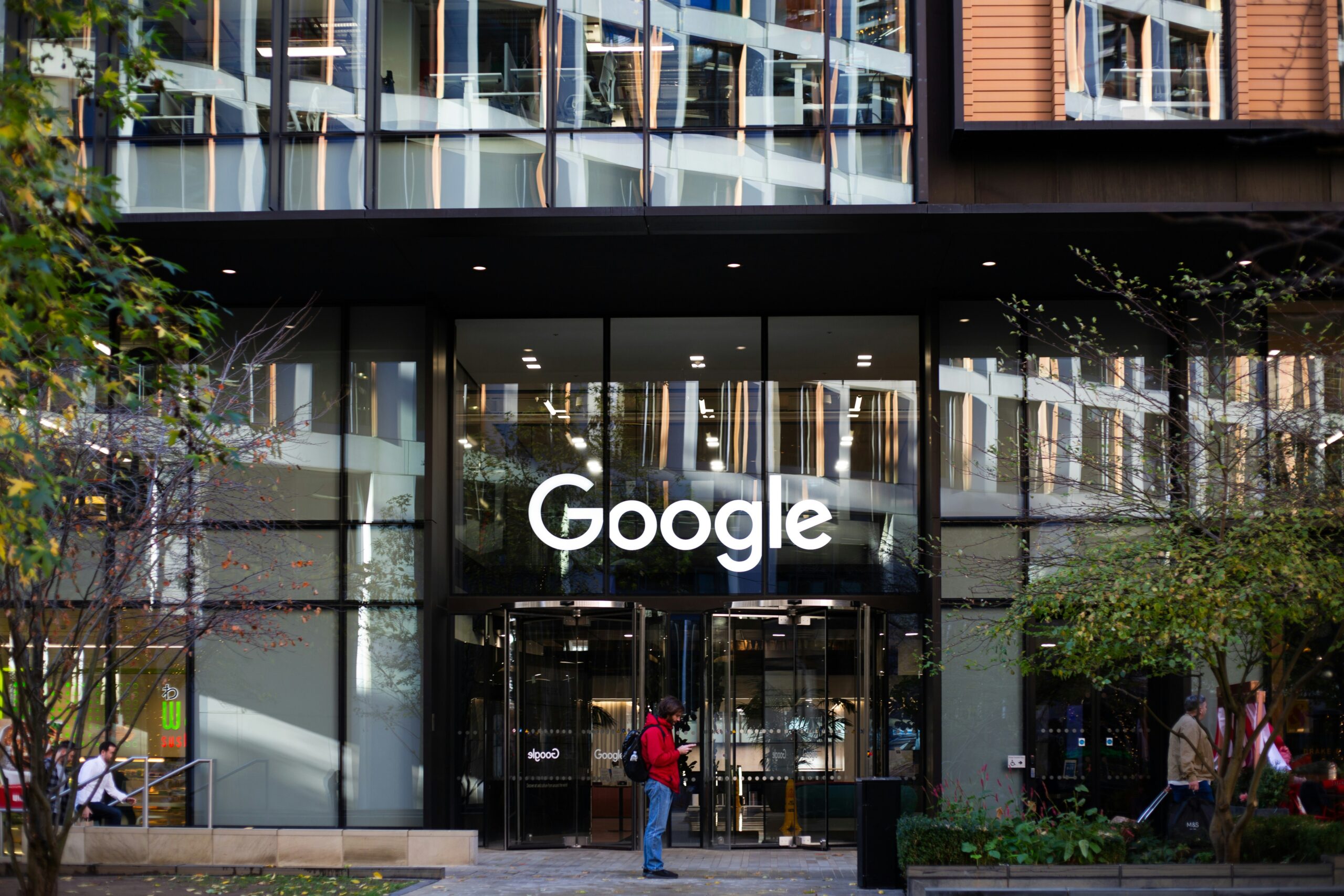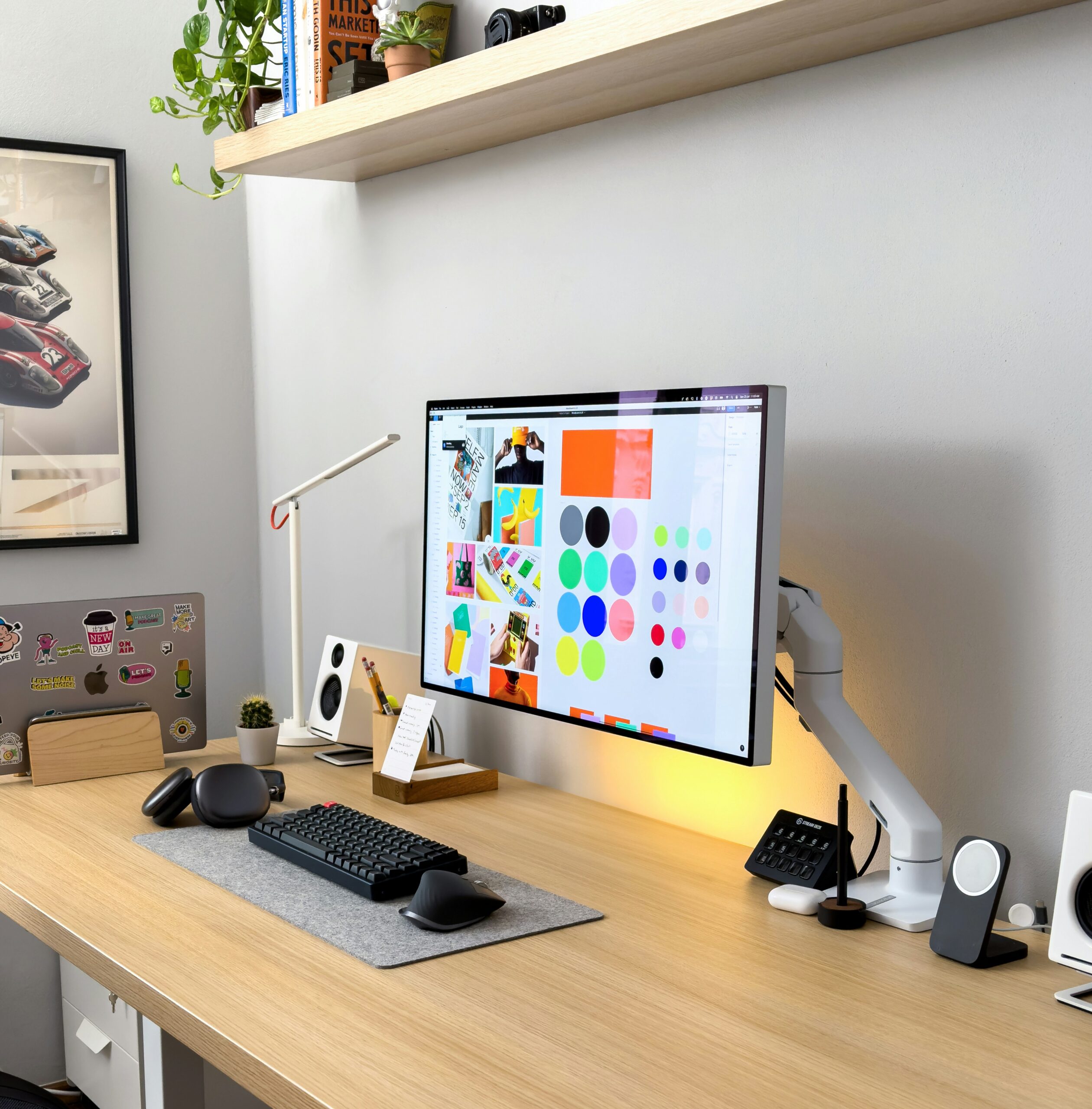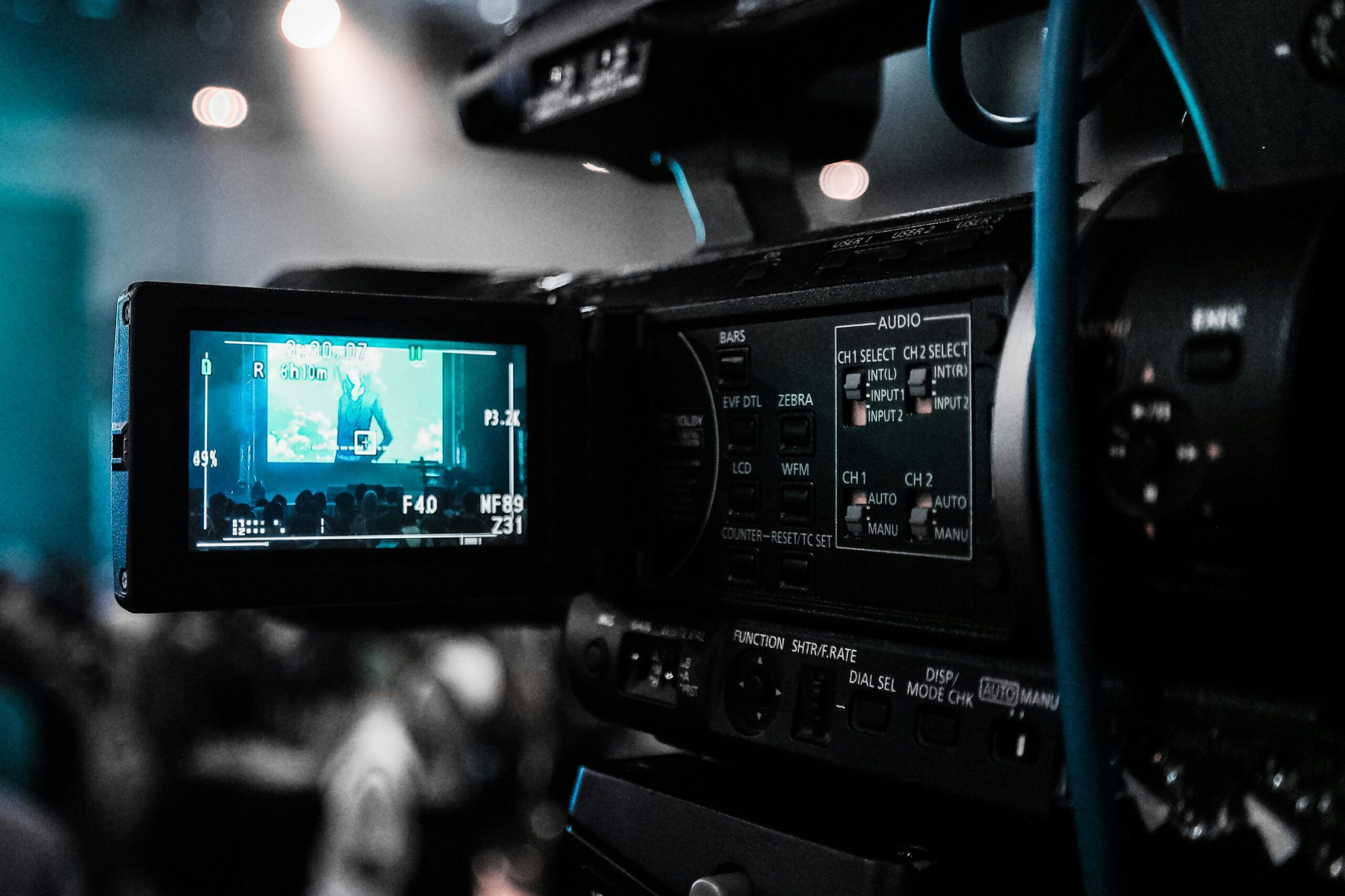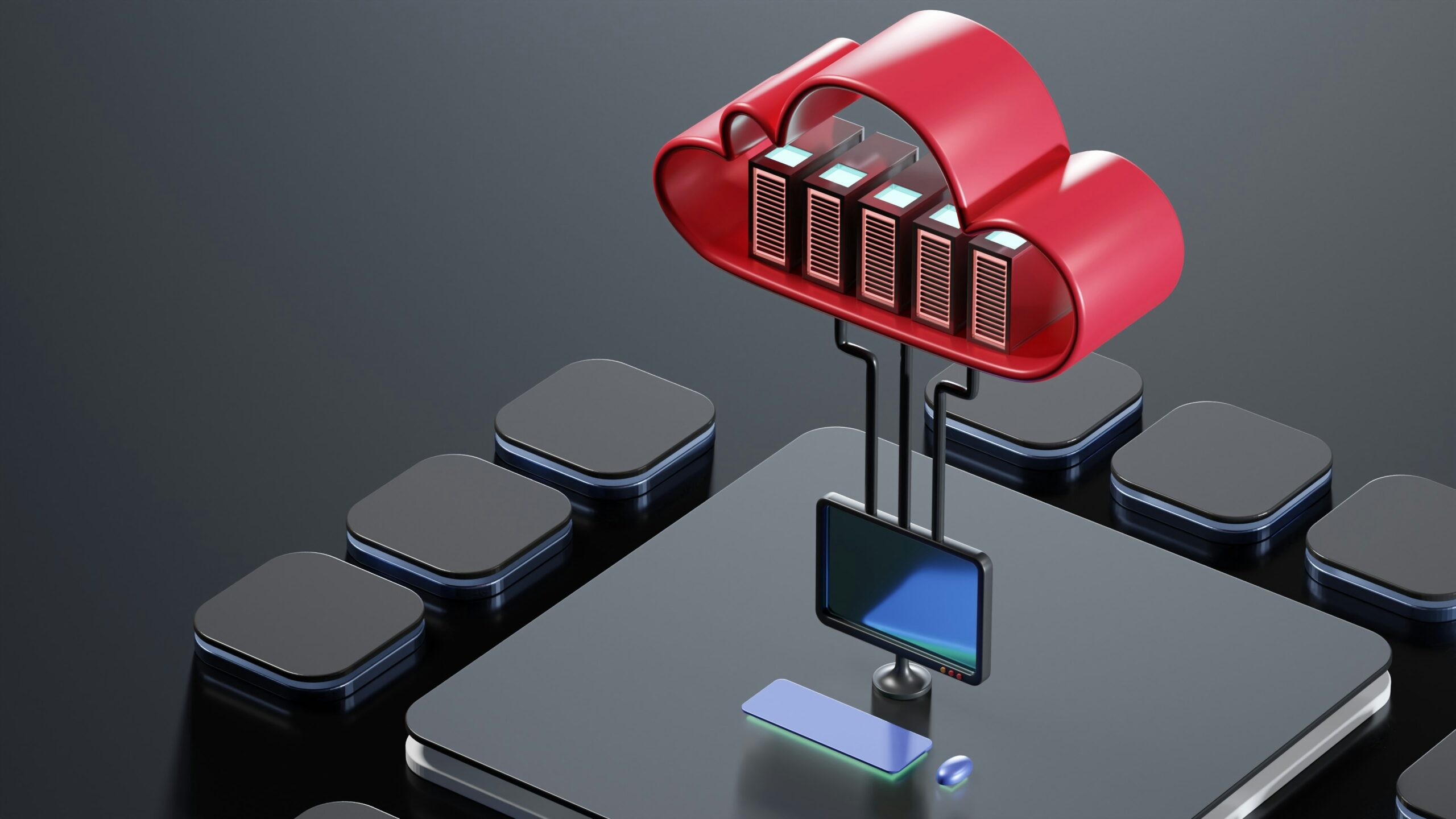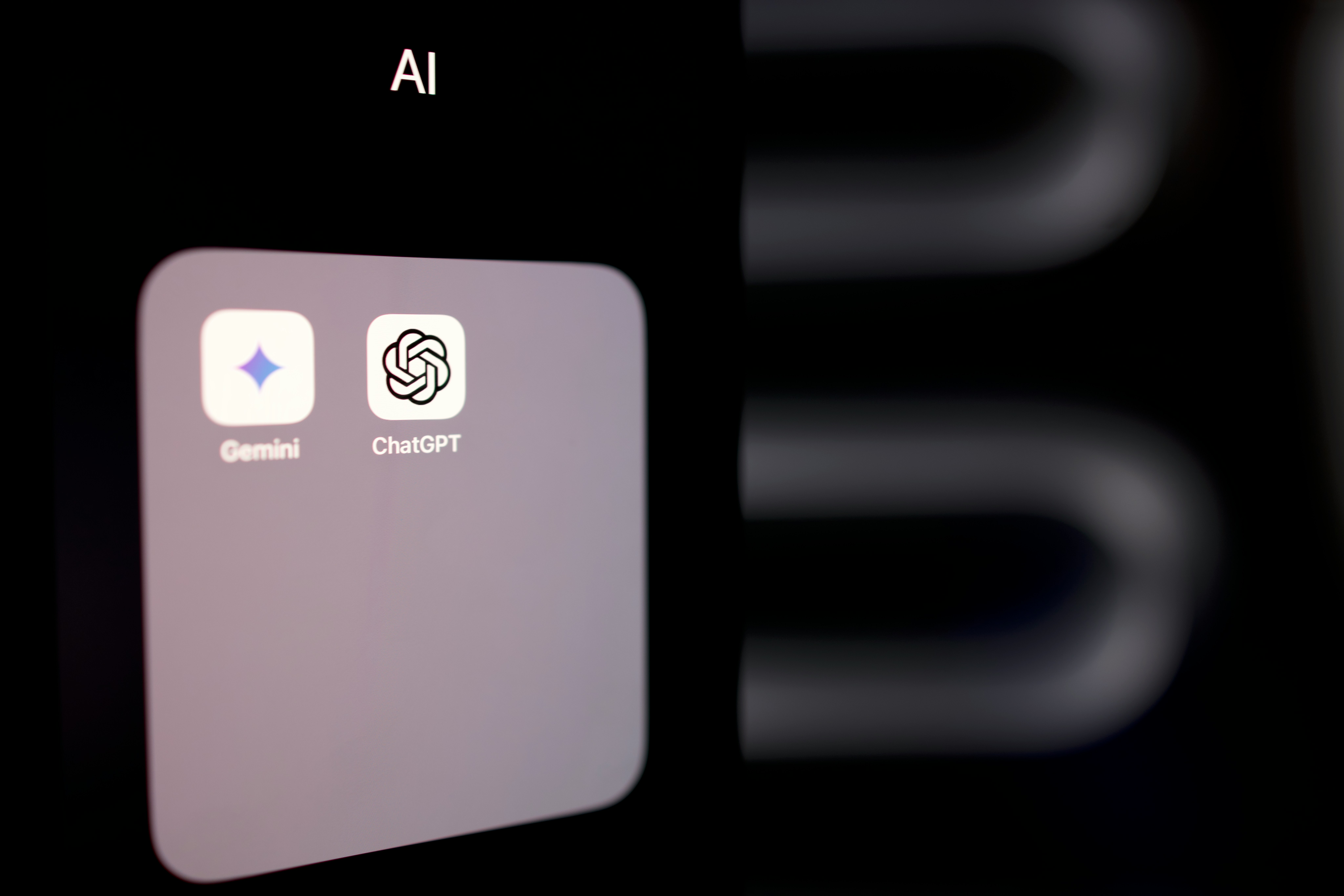Image credit: Unsplash
CEO of Sonos, Patrick Spence, is defending the company’s decision to introduce the new version of the app, despite it having several issues. Customers have been confused and frustrated with the update, causing the company to receive backlash.
Sonos, a speaker and headphone company, offers a wireless, multiroom speaker system that is well-regarded by experts like Wirecutter and Newsweek. The Sonos app helps users connect their music to the speakers and headphones, among other functions. The new update, which essentially overhauled the app, was meant to give users more capacity for personalization and improve performance. Unfortunately, many features that users relied on in the previous version of the app were impeded by the update, including alarms, timers, and even music playback.
Users were left confused by the company’s choice to roll out the new version of the app without any warning or a beta version. According to The Verge, private beta testers urged Sonos to postpone the update, but the company’s new headphone line would not be compatible with the app’s previous version. Customer service requests have reportedly gone through the roof because the new version of the app is a downgrade in terms of accessibility. Sonos has issued an additional update that fixed some of the bugs in the new app, but many feel that their trust in the brand remains broken.
In defense of the updated app, Spence said, “There were two things that customers have been sending me emails about and providing feedback for years. One of them has been headphones, but the other has been the app. I’d say probably the entire time I’ve been at Sonos, but as long as I’ve been CEO, I’ve heard from customers saying, ‘You need the app to be easier and more modern to navigate. It needs to have faster response and lower latency,’ and all of these things. I’ve been using it since Christmas. Everybody at Sonos has been testing it for months. It has delivered — we know from data and from feedback — that it is easier to navigate. But it’s a change for customers. It is faster and more responsive, and it’s a better overall experience.”
He went on to assert that the backlash is all part of an adjustment period that the company expected when they issued the update. “This architecture and everything we’ve done around the architecture allows us to move a little faster,” he noted. “We basically took a monolith and broke it into modular parts, which allows us to move faster in certain elements. Things like the alarm issue was a bug, right? So we could more quickly than we have in the past address it. And we’re going to find other bugs as we go through this.”
Spence did acknowledge that Sonos could have better prepared its loyal customers for the changes they would see in the new app. “What I wish we would’ve done is probably communicate the roadmap a little more clearly,” he admitted. However, he was optimistic that the new features would gradually appeal to customers as they used the app more often. “Once you add a feature into a platform — this is the important thing for us to continue to remember as we go through this — once you add it, it may become one person’s most important thing, and that matters most to that person,” he said.







































